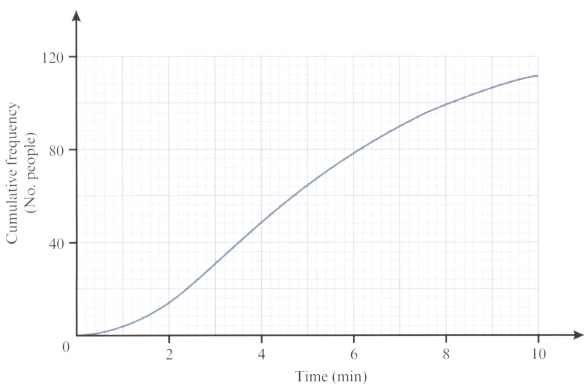Embibe Experts Solutions for Chapter: Statistics, Exercise 1: Exercise
Embibe Experts Mathematics Solutions for Exercise - Embibe Experts Solutions for Chapter: Statistics, Exercise 1: Exercise
Attempt the practice questions on Chapter 13: Statistics, Exercise 1: Exercise with hints and solutions to strengthen your understanding. Mathematics Crash Course (Based on Revised Syllabus-2023) solutions are prepared by Experienced Embibe Experts.
Questions from Embibe Experts Solutions for Chapter: Statistics, Exercise 1: Exercise with Hints & Solutions
The number of books in different shelves of a library are as follows:
Prepare a cumulative frequency distribution table using as the last class interval.
In the following grouped frequency distribution table class marks are given:
| Class marks | ||||||
| Frequency |
Construct less than cumulative frequencies.
Define: class-boundary, lower and upper class-boundaries
The weights (in ) of students of Barasat Gandhi Memorial High School are given below:
Prepare a grouped frequency distribution table (with less than type cumulative frequency distribution) by taking the class-intervals etc. using tally-marks.
The height of students in a class is given below:
Create a frequency distribution table with class interval of
Yield of coconuts grown in a village by 15 farmers is as follows. Draw less than type ogive.
| Number of coconuts | Cumulative frequency |
| Less than | |
| Less than | |
| Less than | |
| Less than | |
| Less than | |
| Less than | |
| Less than |
The following graph illustrates the times taken by people to complete a puzzle.

The median is used to divide these people into two groups. Find the median time taken by each of the groups.
The ages (in years) of the first people visiting the Gardens in Paris on a certain day are shown.
Construct a cumulative frequency curve.
